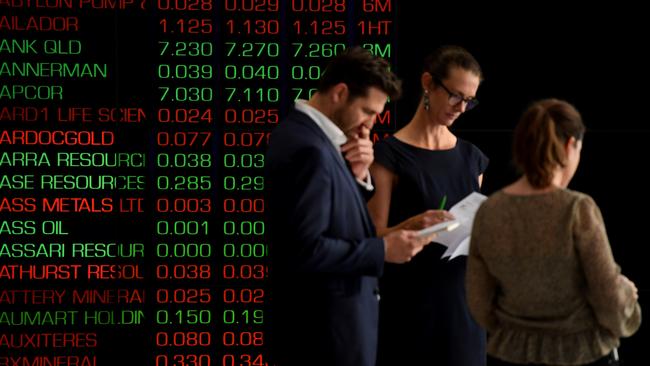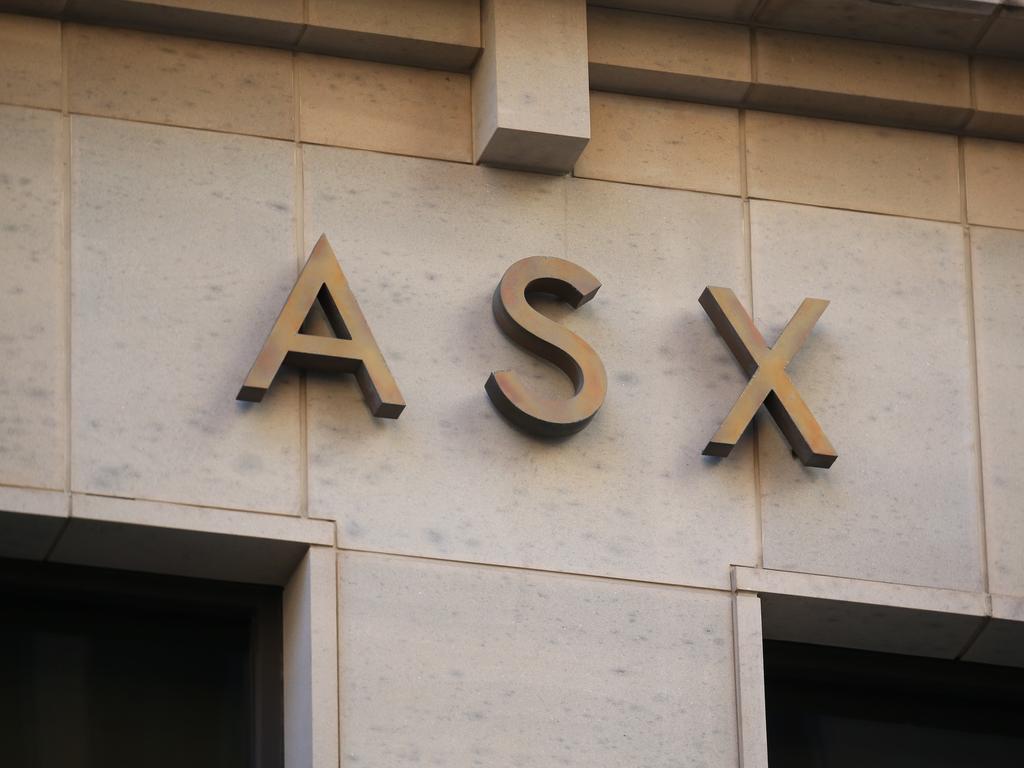Is the rally real? almost everyone presumes it is a false dawn

Australian and world stocks both surged off the June lows – just the kind of steep climb early recoveries usually feature. Yet almost everyone presumes it is a false dawn, with global headlines shrieking more declines loom. Maybe. Unlike most bear markets, this downturn is sentiment-driven – a correction-like trait. Its unusual mini-bear market size stems from the fact myriad fears fuel it. It resembles most bear markets in one key way, though. It spawned what I have long called the Pessimism of Disbelief – a recovery’s foundation.
I have written about the Pessimism of Disbelief since my decades-long tenure as a Forbes columnist. It surfaces after major downturns whack sentiment, leading investors to fixate on negatives while ignoring good news – or arguing positives will soon morph into something even terrible. The Pessimism of Disbelief renders any reality short of disaster a positive surprise – recovery fuel. It is everywhere now.
Bank of America’s July fund manager survey found global growth optimism at record lows. The Westpac-Melbourne Institute index of consumer sentiment shows Australians are fully as pessimistic now as during 2020’s Covid-19 doldrums. ANZ’s survey reveals the same.
US consumer sentiment sits near record lows in one survey dating to 1952. European polls are similarly glum. Bleak headlines warn of an energy-driven global recession, spurred by Russia throttling gas supplies to Europe.
The Reserve Bank’s gloomy inflation and growth forecast updates drive fears, while increasingly chilly relations with Beijing remain a sentiment overhang – as you know.
Meanwhile, any positives encounter yes, buts – powerful reverse and positive contrarian hints: Yes, banks say most Australian borrowers are ahead on their payments but the real trouble is yet to hit. Yes, China’s easing Covid-19 restrictions are helping unwind global supply chain snarls but Taiwan tensions now threaten even worse. Yes, 2021’s weak US dollar fears evaporated but now a strong dollar dooms emerging markets – potentially triggering a new Asian financial crisis. Yes, global recession fears are widespread but markets somehow haven’t pre-priced them.
This isn’t new. In the spring of 2020, the Pessimism of Disbelief ran rampant. Ugly backward-looking data stole headlines, like Q2 Australian industrial production falling 2.5 per cent quarter-on-quarter – its steepest drop since 2008, the height of the global financial crisis.
Yes, but was the response to any hint of hope. That was classic Pessimism of Disbelief, teeing up positive surprise – and huge returns. The ASX 200 roared 47.3 per cent from March 2020’s low through that year-end, amid pervasive fear and doubt.
Now? No one can pinpoint stocks’ bottom exactly.
I have never tried to predict short-term swings. But the Pessimism of Disbelief is building, with scary stories fuelling dread. I now tally eight or more, depending on how you count interconnected fears. That is a key, peculiar twist. Typically, one or two main scare stories surround big downdrafts, as I wrote in June. In 2020, fears focused on a global Covid-19 resurgence and renewed economic shutdowns – so markets pre-priced them quickly.
During late 2018’s world correction, Brexit and trade war fears reigned. In 2015 and 2016, worries included China’s “devaluation” and a commodities rout that reverberated Down Under. In 2011, downturn jitters were broader – Europe’s debt crisis threatening the euro, America’s debt-ceiling fight, a potential Chinese hard landing – but far from today’s jumble of inflation, war, energy shortages, oil prices, interest rates, supply chains, global political rancour and more. Even dismal and dreary growth forecast downgrades from the World Bank and IMF get called too optimistic.
This ubiquitous gloom underpins today’s brewing rebound – yet dourness will likely pervade long after stocks soar. Again, consider 2020 – many claimed markets ignored negatives as stocks recovered. That year, Australia’s Q1 GDP fell 0.3 per cent q/q just before the rally began – then plunged another 6.8 per cent in Q2 while stocks skyrocketed.
Consumer spending sank amid renewed restrictions.
Retail sales frequently dipped negative throughout 2020 and 2021. Entire industries – like travel and airlines – floundered. However, by the time clarity emerged, stocks had long since already surged. This isn’t to dismiss 2020’s painful realities. But perfection wasn’t a prerequisite for a rally then. It won’t be now.
I often call the stock market the Great Humiliator because it tries to fool as many investors as possible, for as long and as much money as possible. It has certainly hit me this year.
But never forget that the Pessimism of Disbelief is one of the Great Humiliator’s most effective humiliation tools. Its building presence pushes many to the selling sidelines, waiting for clarity as markets keep climbing higher. Don’t let it fool you this time. Embrace the uncertainty. Own stocks now.
Ken Fisher is the executive chairman of Fisher Investments.





Is the rally really real?